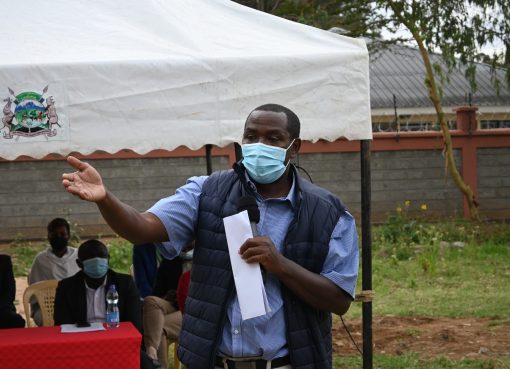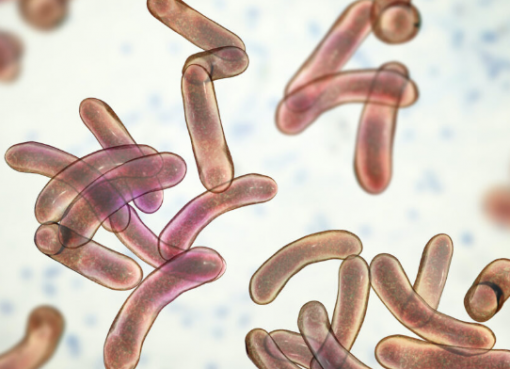Milk is a staple food for most communities in Kenya and contributes to national food and nutritional security. So important is milk in the diet of Kenyans that some of our communities use milk in certain traditional or cultural ceremonies to symbolize blessings, purity, and peace among other issues.
According to the Kenya National Bureau of Statistics (KNBS) data released in 2009, it is estimated that Kenya has a dairy herd of 3.55 million cattle consisting of Friesian, Ayrshire, Jersey, Sahiwal breeds and their crosses.
Kenya Dairy Board (KDB) which regulates the milk sector estimates that milk production in the country stands at 5.2 billion litres per year. This is milk from cattle, camels, goats and sheep.
The same data from KDB released in 2019 shows dairy sector contributes an estimated 4 per cent of national Gross Domestic Product (GDP), 14 per cent of agricultural GDP, 44 per cent of livestock GDP, and provides livelihoods to 1.8M smallholder dairy farmers, an estimated 750,000 direct jobs and 500,000 indirect jobs with an annual milk production of 3.43 billion litres.
To this end, the Kenya Cooperative Creameries (KCC) was started in 1925 to provide an outlet for marketing of farmers` milk and help improve livelihoods of the people. It’s the largest milk distributor in East Africa.
The revamped KCC now known as New KCC has several factories around the country one of them being the Sotik KCC plant in Bomet County. The factory has saved farmers from exploitation by middlemen and unscrupulous people who have been buying their milk at throw-away prices and providing a readily available market as compared to hawkers who were unpredictable.
Farmers told KNA that brokers and hawkers used to buy their milk at Sh23per litre but at the moment, KCC is buying it at between Sh41 and Sh43 from farmers who supply it in large quantities.
The facility also provides frequent and scheduled payments to farmers who are in turn able to plan for these funds.
Farmers` extension services Chairman Mr. Paul Cheruiyot says the facility has trained over 300 farmers from the region including neighbouring Nyamira and Kericho Counties on viable modern milk production methods and skills that in the past, farmers used to get at a cost from private veterinary officers.
“We have field officers who always provide demonstration and training to farmers` groups in fodder growing in order to spur milk production,” Cheruiyot said, adding that KCC also provides farmers with quality seed from exotic breeds to upgrade their local breeds and improve milk production. The service is reliable and available to farmers through its extension services.
At the moment, KCC Sotik factory is processing three milk products; fermented milk popularly known as Mala (5,000 litres a day), pasteurised Fresh Milk (10,000 litres a day) and Ultra High Temperature treated milk (popularly known as UHT) 10, 000 litres per day.
The factory has given a lifeline to 12,000 farmers who supply milk to it directly and indirectly. The New KCC Corporate Communications Officer Ms Stacy Too says in the last financial year which ended on June 30 last year, the milk processor paid the farmers in the region a total of Sh 900 million after they supplied about 22million litres of milk to the New KCC Sotik factory. The farmers are paid monthly.
To help farmers in the preservation of their milk which is a perishable product, the National Government in conjunction with KCC and the County government has installed coolers in different parts of the county.
The Ndanai and Kelegele area in Sotik sub-county has five coolers with a total capacity of 17,500 litres. Three of these coolers were installed by the national government while two were installed by the County government of Bomet.
More coolers have been installed in Lapotiet, Chebunyo area in Sotik sub-county and in Chepalungu sub-counties.
Total capacity of milk produced by farmers in a day ranges between 30, 000 to 70, 000 litres depending on the season. During this month of March, it’s the low season due to the drought that hit different parts of the country and milk production is low.
By Mabel Keya – Shikuku





